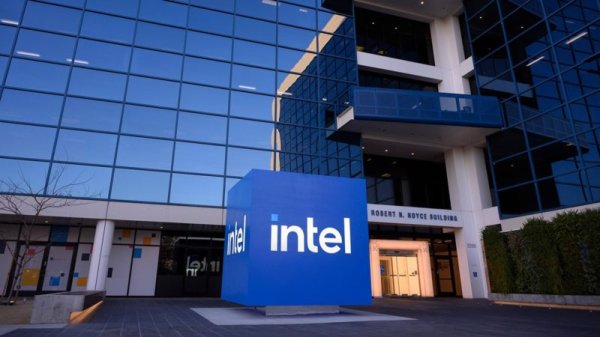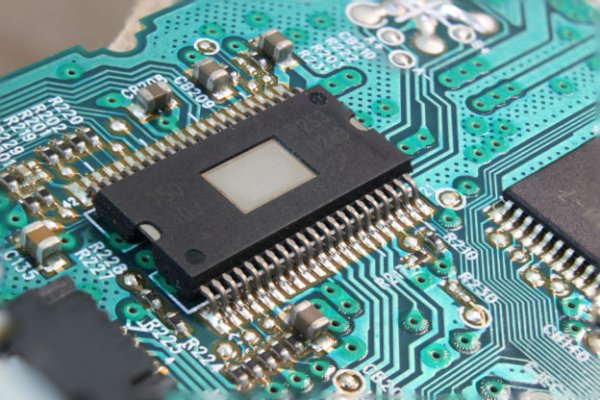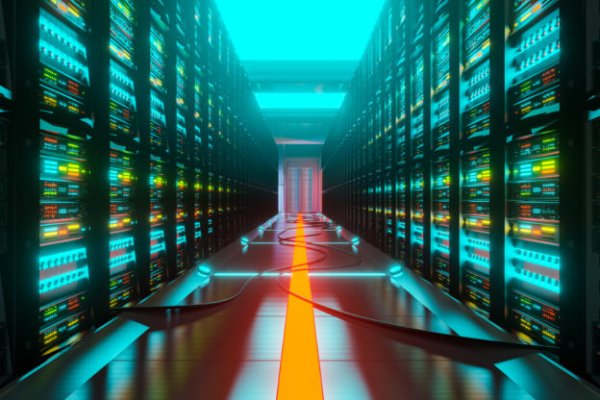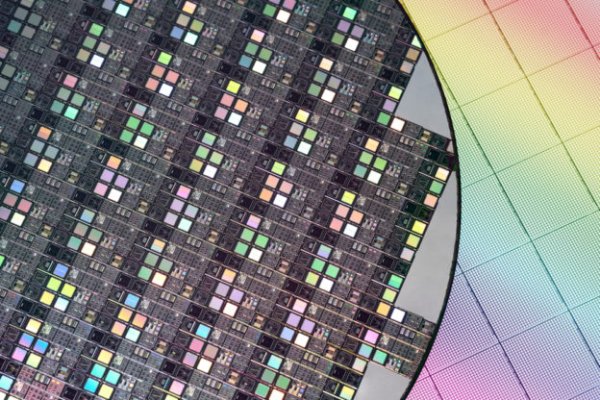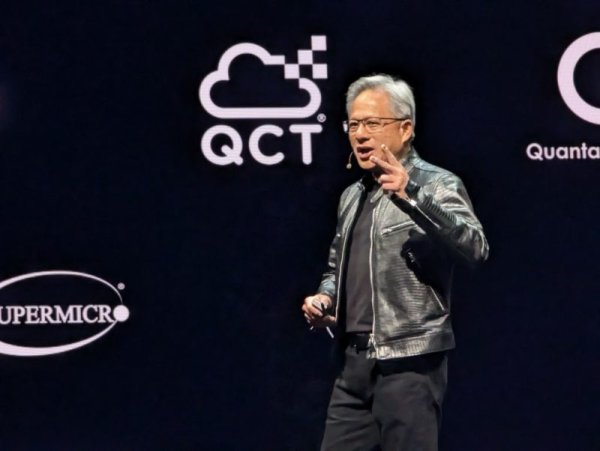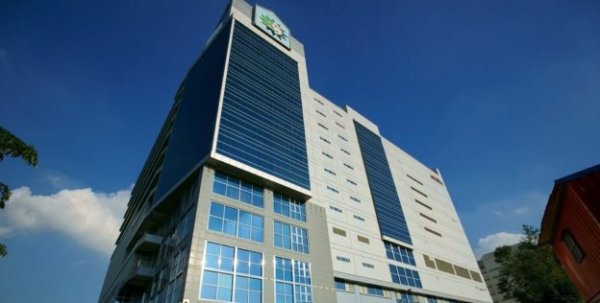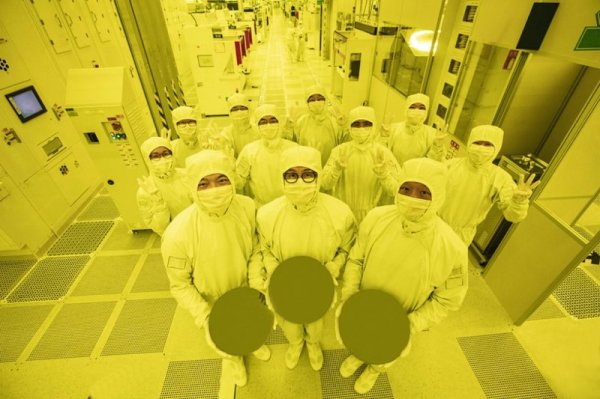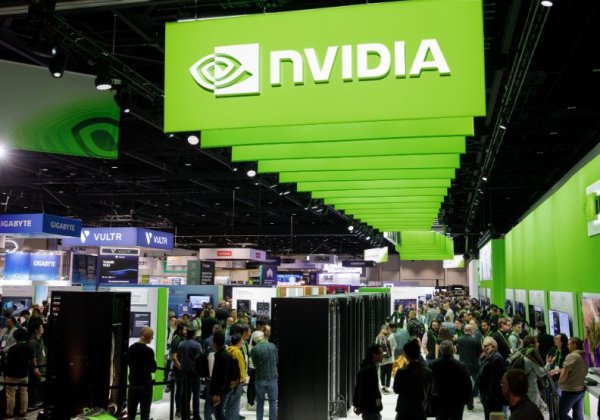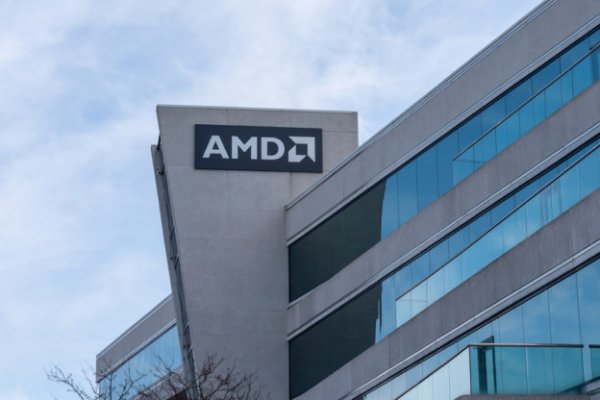CSP capital expenditures are expected to reach US$520 billion in 2026, with GPU procurement and ASIC R&D helping to reach new highs

According to TrendForce’s latest survey, as the demand for AI servers expands rapidly, the world’s large cloud service providers (CSPs) are expanding their purchases of NVIDIA GPU cabinet solutions, expanding data centers and other infrastructure, and accelerating self-research of AI ASICs. It is estimated that the total capital expenditures of the eight major CSPs including Google, AWS, Meta, Microsoft, Oracle, Tencent, Alibaba, and Baidu will exceed US$420 billion in 2025, which is approximately 2023, 2024 Added to the annual level, the annual growth rate is as high as 61%.
TrendForce stated that as AI cabinet solutions such as GB/VR continue to increase in volume, the total capital expenditure of the eight major CSPs is expected to hit a new high in 2026, with an annual increase of 24% to more than US$520 billion. In addition, the expenditure structure has shifted from equipment that can directly create revenue to short-term assets such as servers and GPUs, which means that consolidating mid- and long-term competitiveness and market share takes precedence over improving short-term profits.
In 2025, GB200/GB300 Rack is a full-cabinet AI solution that CSPs will focus on deploying, and demand growth will be better than expected. In addition to customers mainly coming from the top four CSPs in North America and Oracle, demand from Tesla/xAI, Coreweave and Nebius has also increased to perform cloud AI rental services or generative AI. In 2026, CSP will expand its layout of GB300 Rack full cabinet solutions, and gradually switch to NVIDIA Rubin VR200 Rack's new solution starting in the second half of the year.
CSP self-developed chip shipments are expected to increase year by yearThe four major CSPs in North America continue to deepen their AI ASIC layout to strengthen their autonomy and cost control capabilities in generative AI and large language model operations. Google has cooperated with Broadcom on TPU v7p (Ironwood) to lock in training applications. It is expected to gradually increase its volume in 2026 and will replace the core AI acceleration platform of TPU v6e (Trillium). TrendForce estimates that Google TPU shipments will continue to lead, and are expected to achieve annual growth of more than 40% in 2026.
AWS is mainly deploying Trainium v2 and will launch a liquid-cooled version of the cabinet at the end of 2025. The first specification of Trainium v3, designed by Alchip and Marvell, is expected to be mass-produced in the first quarter of 2026. TrendForce estimates that AWS’ self-developed ASIC shipments will more than double in 2025, with the annual growth rate being the highest among the four major players. The annual growth rate in 2026 is expected to approach 20%.
Meta has strengthened its cooperation with Broadcom and is expected to mass-produce MTIA v2 in the fourth quarter of 2025 to improve inference performance and reduce latency. TrendForce estimates that MTIA shipments in 2025 will mainly be deployed on Meta's internal AI platform and recommendation system. When MTIA v3 using HBM is launched in 2026, the overall shipment scale will more than double.
Microsoft plans to use GUC to assist in the mass production of Maia v2, which is expected to be launched in the first half of 2026. In addition, the mass production schedule of Maia v3 has been delayed due to design adjustments. It is expected that Microsoft's self-developed chip shipments will be quite limited in the short term, and the progress will lag behind competitors.


